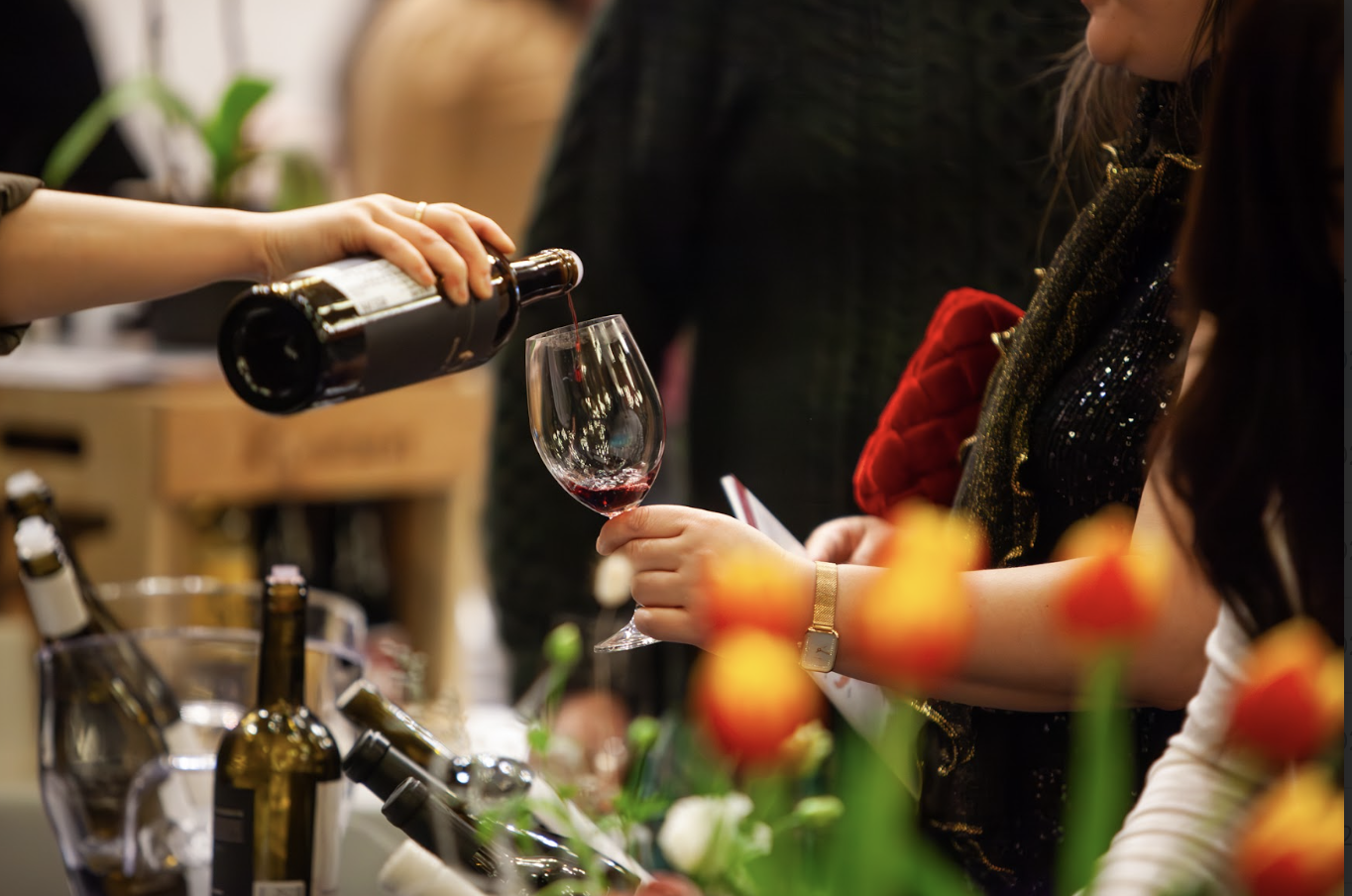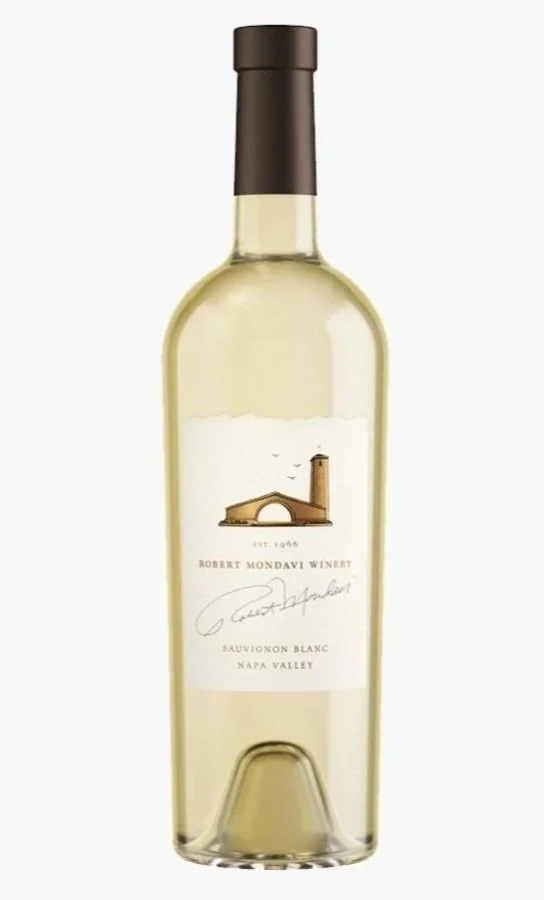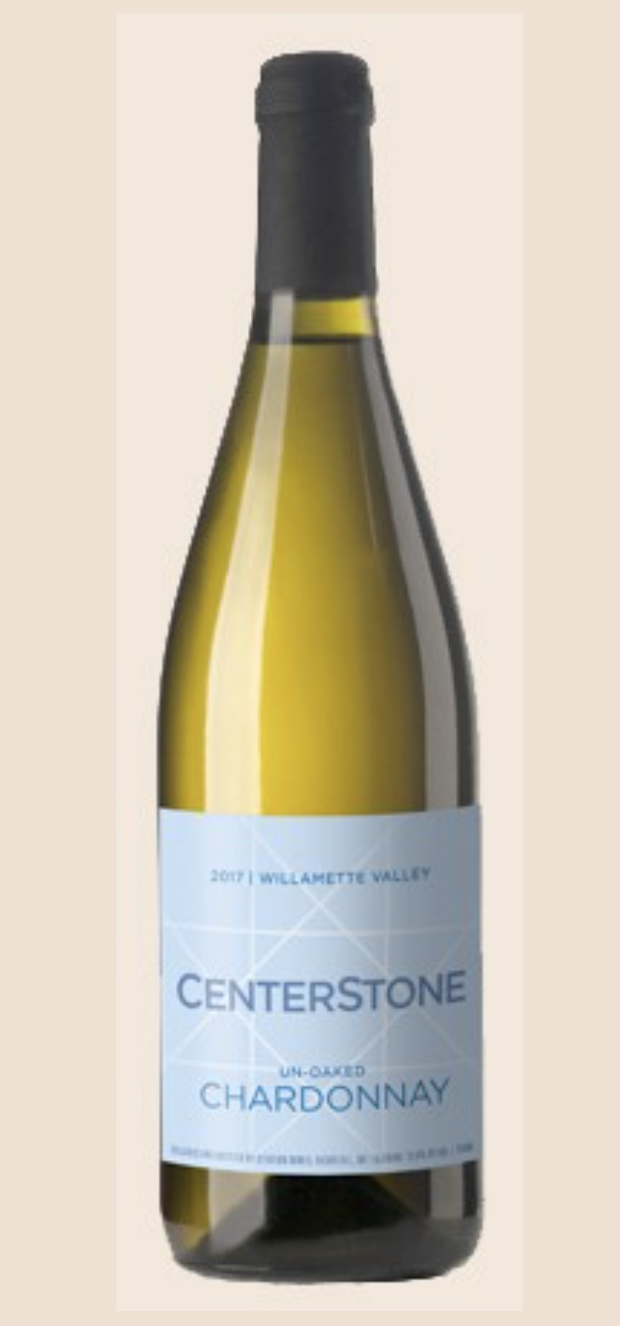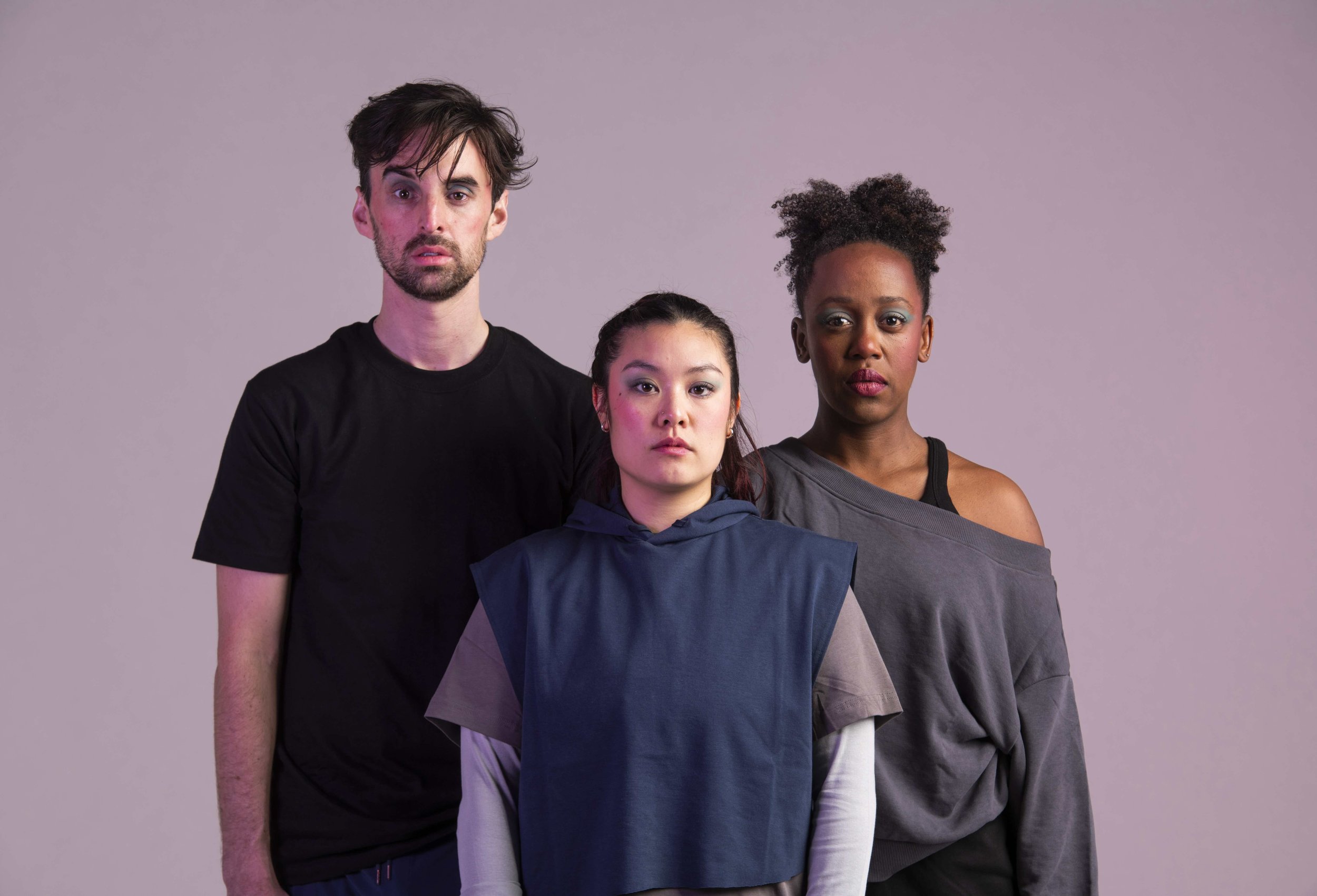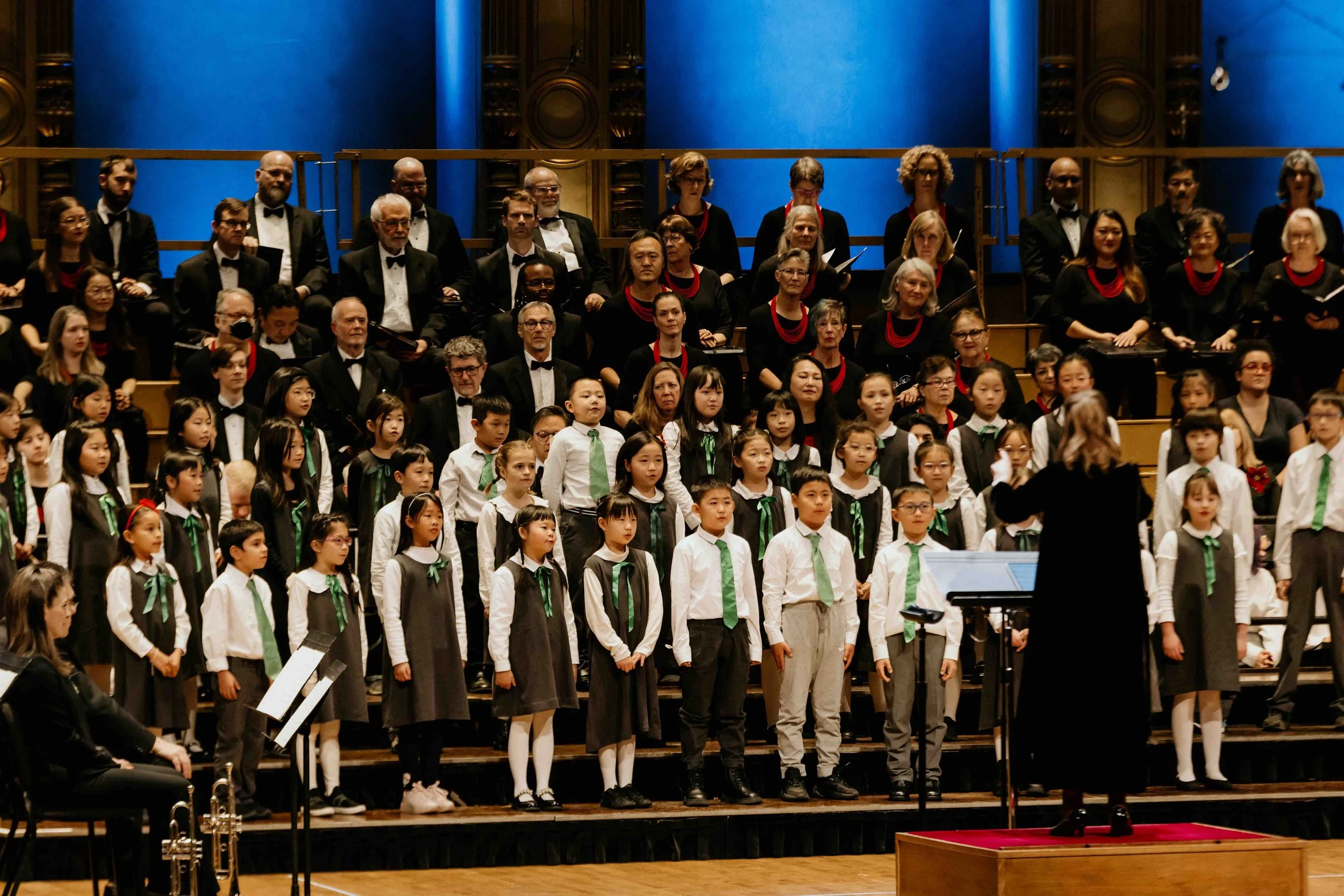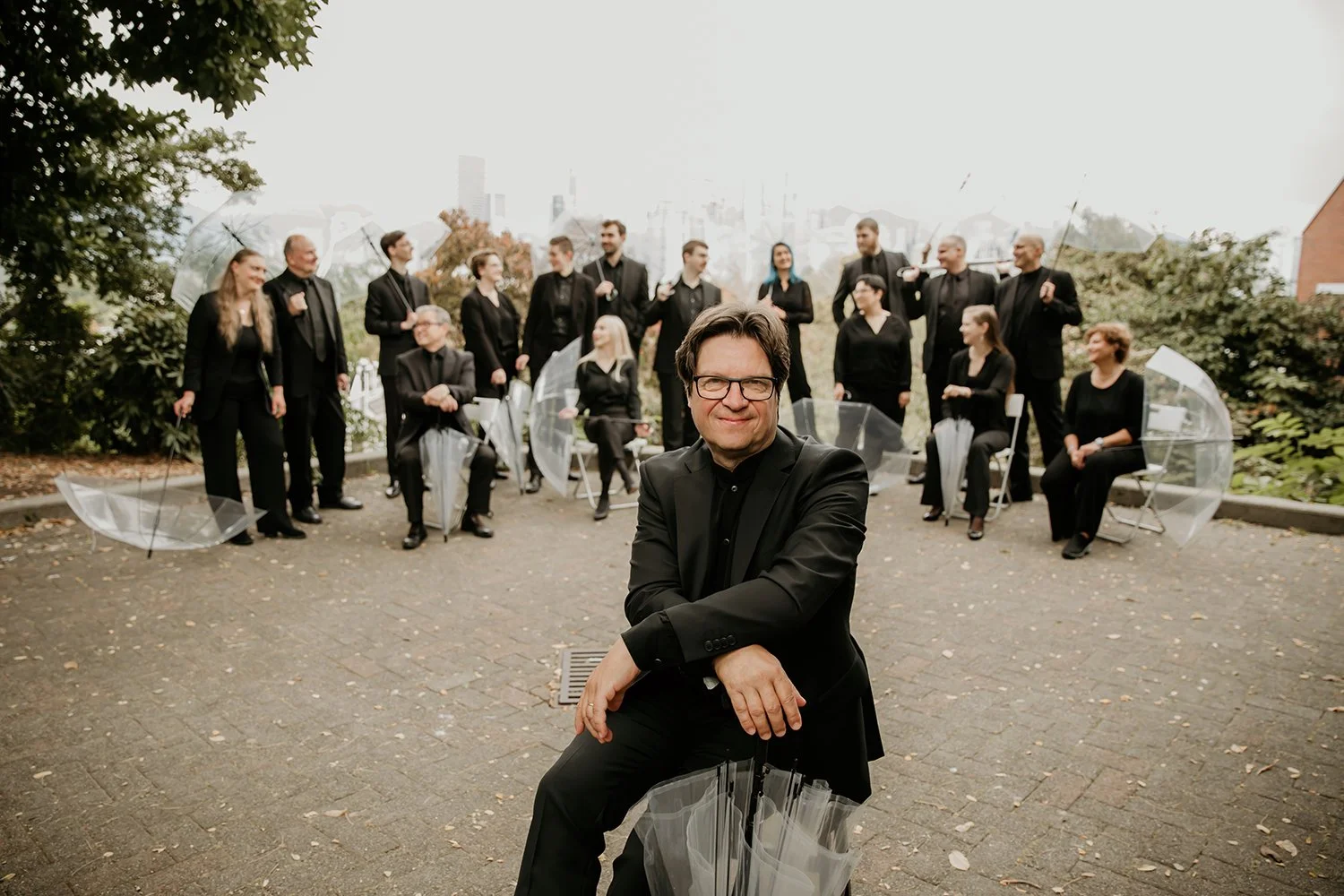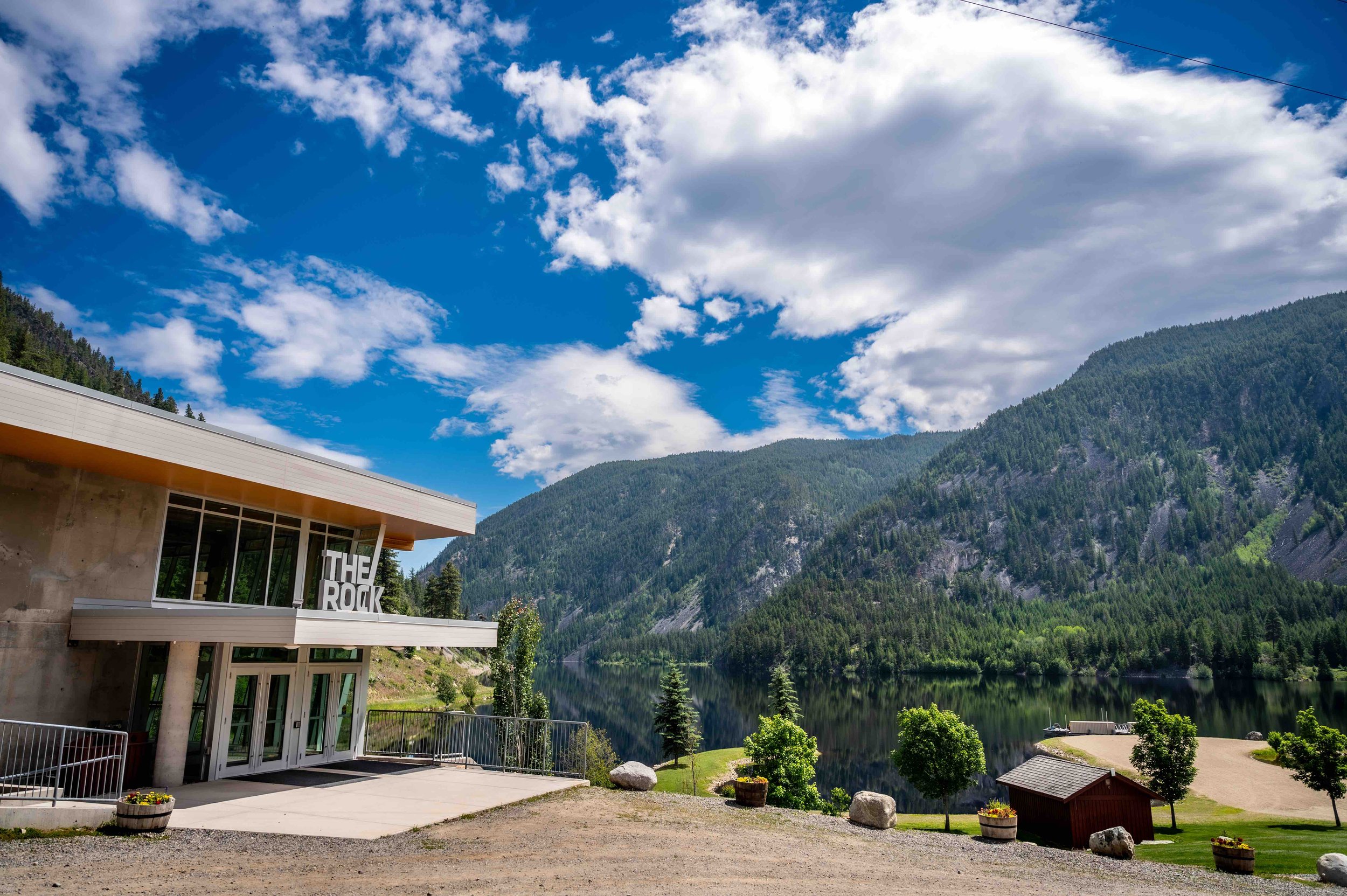Vancouver International Wine Festival 2025 set to spotlight 121 wineries from 15 countries
Top picks from Napa Sauvignon Blanc to Columbia Valley Merlot, plus advice for hitting an international assortment at this year’s Bard on the Beach fundraiser
Vancouver International Wine Festival. Photo by Christine McAvoy
The 2025 Vancouver International Wine Festival runs from February 22 to March 2 at various venues
WHEN THE VANCOUVER International Wine Festival first got started 46 years ago, it focused on west coast wine, with a spotlight on Robert Mondavi Winery. Things have come full circle for the fest, and as it gears up for 2025—running from February 22 to March 2—it’s highlighting west coast wines anew.
While the focus is on wines from Washington, Oregon, and California, this year’s festival will feature 121 wineries from 15 countries at 43 events over eight days. At the heart of the festival are the four International Festival Tastings at the Vancouver Convention Centre, where each winery pours four to five wines for the public. Other wines are served at special events like seminars, minglers, and winery lunches and dinners at top local restaurants and hotels. Since 1979, the festival has raised $10.2 million for the performing arts in Vancouver; since 2012 the charitable partner has been Bard on the Beach Theatre Society. Over the past decade, the festival has raised $2.2 million for Bard.
The way the festival’s executive director, Harry Hertscheg, sees things, the International Festival Tastings offer a rare chance to speak with the winemakers, producers, and senior representatives of the wineries.
“That’s an amazing thing,” Hertscheg says in an interview with Stir. “It’s like being able to talk to the musicians at a live concert or the actors or director when you go to a theatre festival. It’s amazing access to have direct contact with someone who intimately knows the wine and the story behind that wine. It’s more than just a wine tasting; it’s the ability to connect with a community and connect with people from around the world.”
Harry Hertscheg.
While the impact of Donald Trump’s threatened tariffs remains to be seen, all of the wines on offer at the tastings will be for sale at the on-site BC Liquor Store. (There could be retaliatory tariffs on U.S. products or a complete removal of alcohol from U.S. from liquor stores and restaurants; Premier David Eby has directed the B.C. Liquor Distribution Branch to immediately stop purchasing American liquor from Republican-led “red states”—which would not include true-blue California, Oregon, or Washington.)
“It’s a cultural event that you can do a little shopping at, too,” Hertscheg says, noting that the average price of a bottle purchased there is $40.
As for strategy at the International Festival Tastings, Hertscheg recommends going to the onsite liquor store at the beginning of the night when it’s quiet to look at labels you’ll recognize as you make your way around the space. “It gives you a visual map of what’s in the room,” he says. With 15 countries represented—including Greece, Croatia, Brazil, Hungary, Italy, Spain, Portugal, France, New Zealand, Chile, Argentina, Australia, Canada, and Japan (sake)—he suggests hitting one table from each nation. “It’s like circumnavigating the globe through wine,” Hertscheg says. “I find no matter how much planning I do, once I’m at the festival I’m amazed at how much I discover.”
Jason Yamasaki. Photo by Christine McAvoy
There’s much to learn about U.S. west coast wines, says Jason Yamasaki, sommelier of JOEY Restaurant Group. He says that generally speaking, California wines are typically ripe, generous, and full-flavoured.
“Even though they are so different and there are so many different opportunities to try different styles, one thing that characterizes them all is they’re never shy,” Yamasaki tells Stir. “With California I picture sunniness, ripeness, lusciousness. It’s not that the styles don’t have a delicacy or subtlety, because they certainly can, but even with the most delicate and light-footed wines of California there is such a purity to the fruit that almost captures the sunshine in a way that other regions around the world just can’t seem to do.”
Oregon wines, Yamasaki says, are often more subtle, thought-provoking, and distinctive. “I find they tend to be a bit more mysterious; the flavours aren’t quite as immediate and obvious, they’re sometimes a bit more searching, complex, and nuanced,” he explains. “Given that we’re working almost entirely with the Pinot family—Pinot Noir, Pinot Gris—and Chardonnay, those wines can deliver layers of complexity from different styles of soil in cool, more remote vineyards that the entire experience feels a little more mysterious.” He adds with a laugh: “Maybe I’m just referencing Twin Peaks and the Pacific Northwest.”
Washington wines are the ones Yamasaki is least experienced with, and he imagines it’s the same story with most local wine drinkers. “We don’t see that many producers given how many there are in the States,” he says. “Luckily our restaurant group has four restaurants in Seattle so I’m able to see the patriotism of Washington wine drinkers in Washington. I have to structure those lists pretty Washington-forward so I get to experience different kinds of Washington wine. We’re talking here power and intensity but not without its freshness. It’s intriguing in that I often get darker flavours in Washington than I do in California—the Merlots, the Syrahs, the Cabernet Sauvignons to name some of the flagship varietals. I get a darker profile that’s often more intense, more structured and firm, but they also contain a level of freshness that is almost a bit European in a way. They make the mouth water in a different way than California does. There’s a sophistication behind the wines that comes with the power.”
To navigate the wines at the International Festival Tastings, Yamasaki suggests starting and ending with the classics, seeking out the wineries that were the founded the earliest. “From there, everything else makes sense in the middle,” Yamasaki says.
With so many wines to experience, here are five under $40 to keep an eye out for at this year’s fest.
Bread & Butter Wines 2023 Pinot Grigio, $23.99
Headed by veteran winemaker Linda Trotta, this California winery believes in keeping things simple. The 2023 Pinot Grigio is crisp, balanced, and bright. Flavours of peach and apricot mix with fresh notes of citrus. It goes well with salads, light pastas, and fish tacos.
Robert Mondavi Winery 2022 Sauvignon Blanc, $39.99
The first winery ever to be featured at the Vancouver International Wine Festival is back for 2025. The legendary Napa Valley estate produces this expressive best-seller with grapes from its Stags Leap District and Oakville vineyards, bursting with flavours of lime, peach, and candied orange and with a mineral finish. It’s another wine that goes well with fish tacos as well as vegetable frittata.
Citation Wine 2018 Centerstone Willamette Valley Chardonnay, $27.99
This white table wine from Oregon reflects the intense fruit grown at the winery’s certified sustainable Erratic Oaks Vineyard. It is the purest expression of the terroir as it does not use any oak in the winemaking process; rather, upon harvest, grapes are pressed into stainless-steel tanks to ferment. It goes nicely with grilled salmon or seared ahi tuna.
The Prisoner Wine Company 2022 Unshackled Cabernet Sauvignon, $32.99
This bold fruit-forward blend of Cabernet Sauvignon, Malbec, Petite Sirah, Tannat, Syrah, and Petit Verdot has flavours of blue and dark berries, chocolate, and mocha. To reduce its environmental impact, the winery is using lighter glass bottles and has eliminated foil capsules for responsible packaging practices. It’s perfect to pair with grilled steaks or Portobello mushroom.
Ste. Michelle Wine Estates 2021 Chateau Ste. Michelle Indian Wells Merlot, $28.99
For this Washington wine, the year 2021 was marked by a very warm growing season, which resulted in intensely concentrated flavours; think velvety blackberry and vanilla. The wine was aged for 24 months in 67 percent neutral oak, 17 percent new French oak, and 16 percent new American oak. Pair it with pesto pasta, braised lamb shanks, or blue cheese. ![]()



